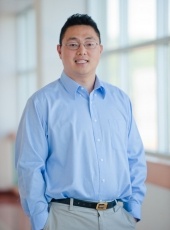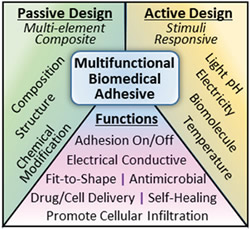 Advanced Health Materials published the article “Multifunctional Biomedical Adhesives,” by Bruce Lee, Rupak Rajachar, Rattapol Pinnaratip, Saleh Akram Bhuiyan, and Kaylee Meyers (Biomed). This article is an invited review that described recent advances in designing multifunctional bioadhesives for various biomedical applications.
Advanced Health Materials published the article “Multifunctional Biomedical Adhesives,” by Bruce Lee, Rupak Rajachar, Rattapol Pinnaratip, Saleh Akram Bhuiyan, and Kaylee Meyers (Biomed). This article is an invited review that described recent advances in designing multifunctional bioadhesives for various biomedical applications.
https://doi.org/10.1002/adhm.201801568
This review discusses strategies for engineering multifunctional biomedical adhesives, which involve two general approaches: passive and active design. Passive adhesives contain inherent structural elements that can carry out additional functions without external influences, whereas active adhesives are designed to respond to environmental changes. These adhesives exhibit new functionality such as antimicrobial properties, self‐healing ability, and the capacity to release drugs.
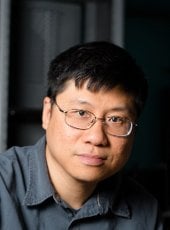
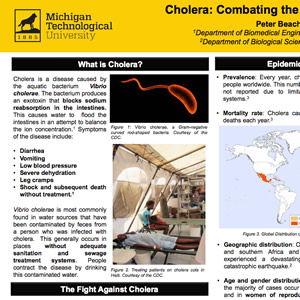 Thanks to all who participated in this year’s
Thanks to all who participated in this year’s 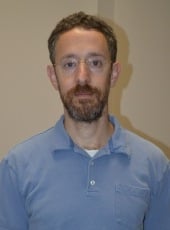
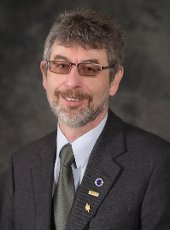
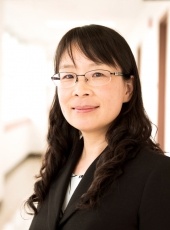

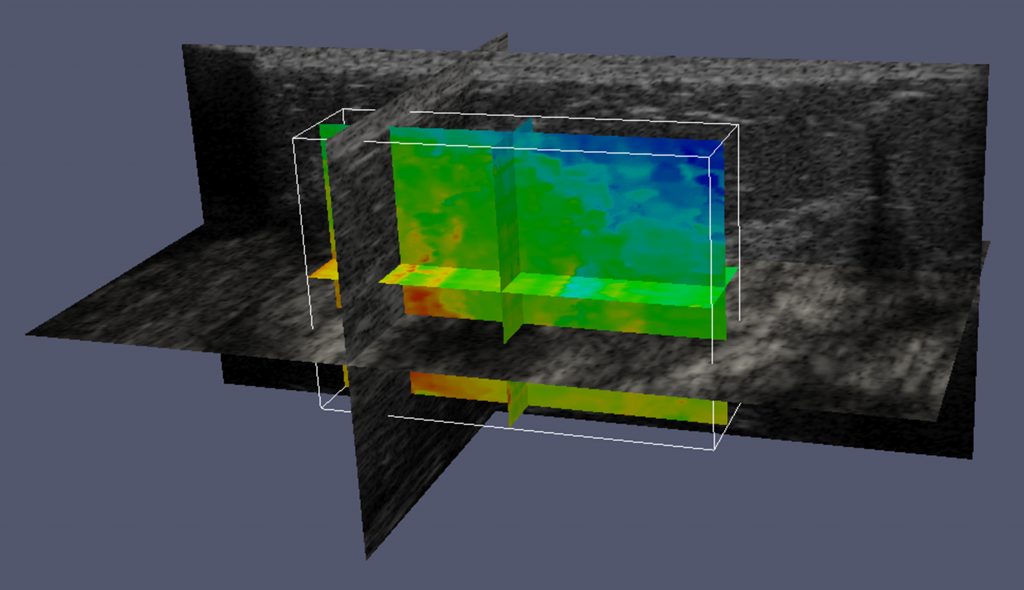
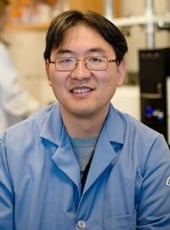
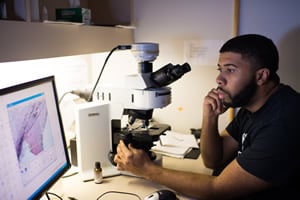 Michigan Tech students interested in medicine, veterinary medicine and other health-related professions participated in the
Michigan Tech students interested in medicine, veterinary medicine and other health-related professions participated in the 